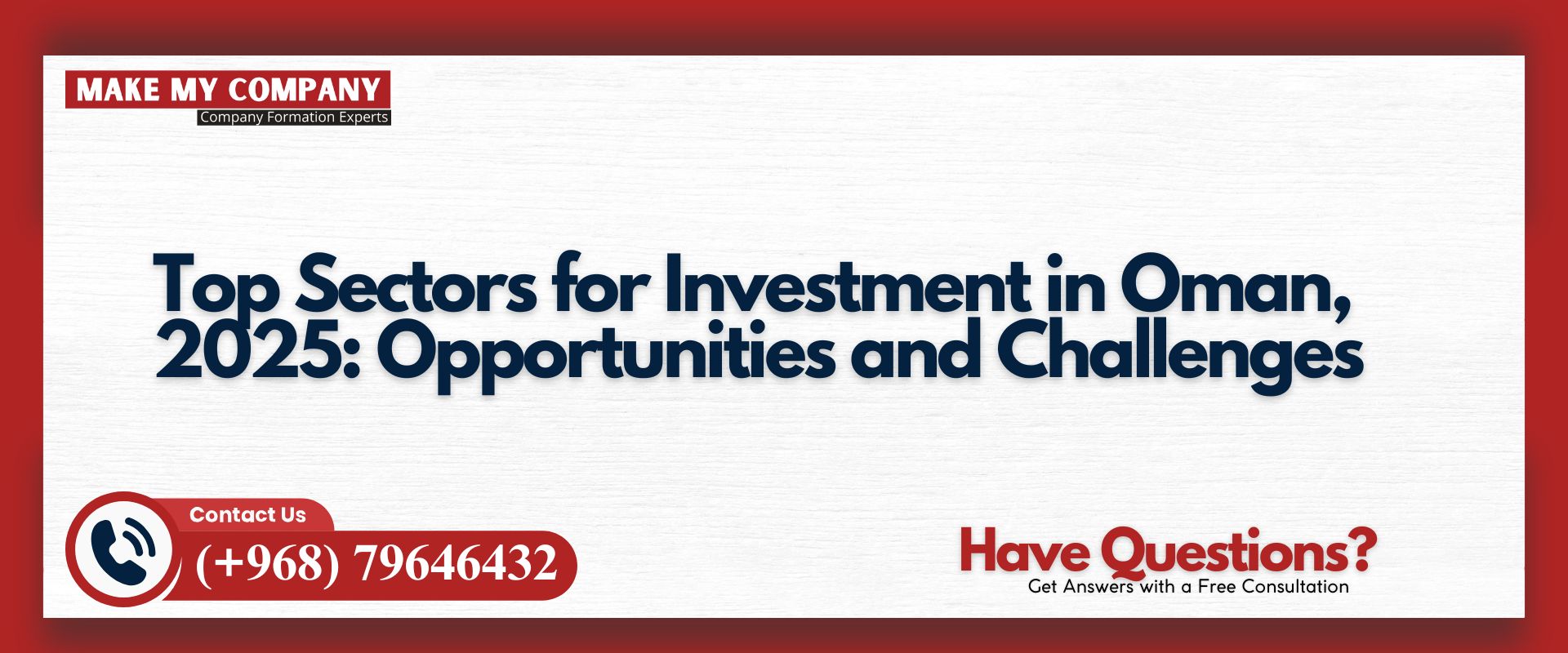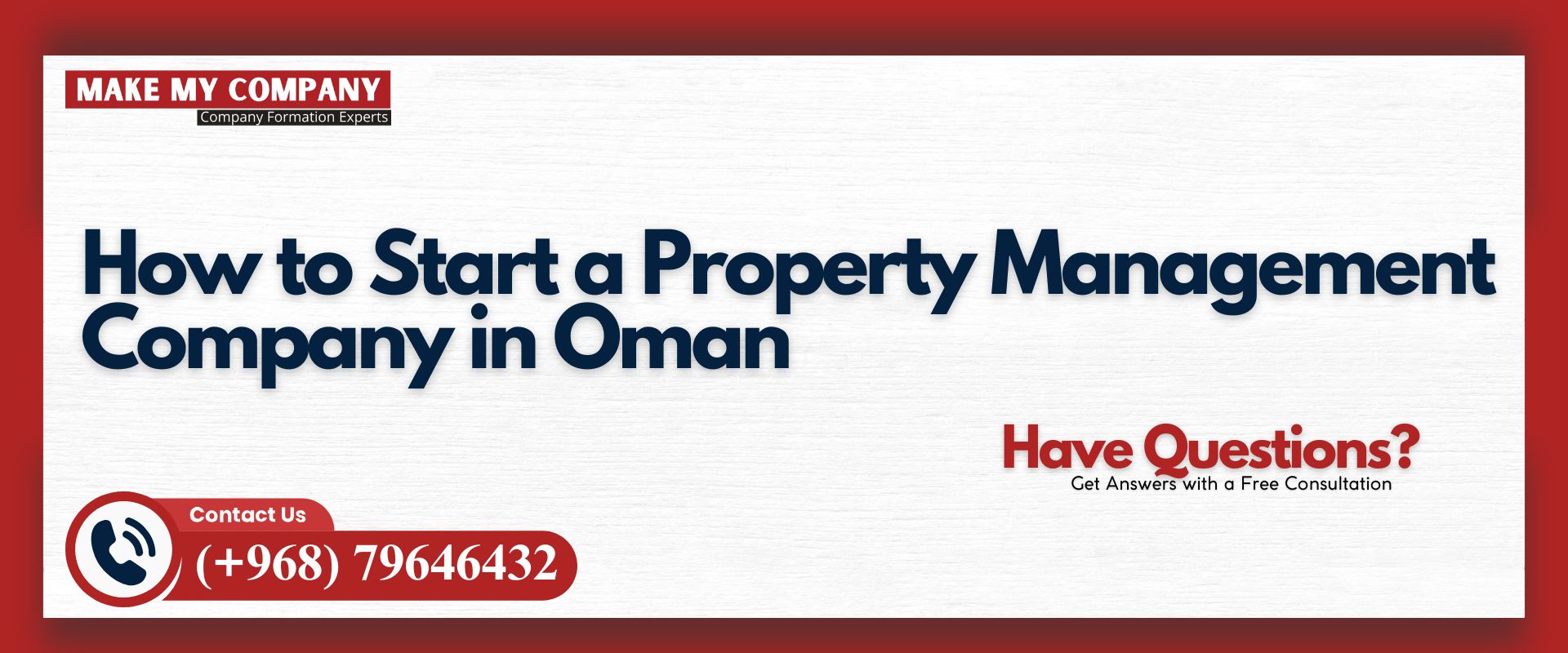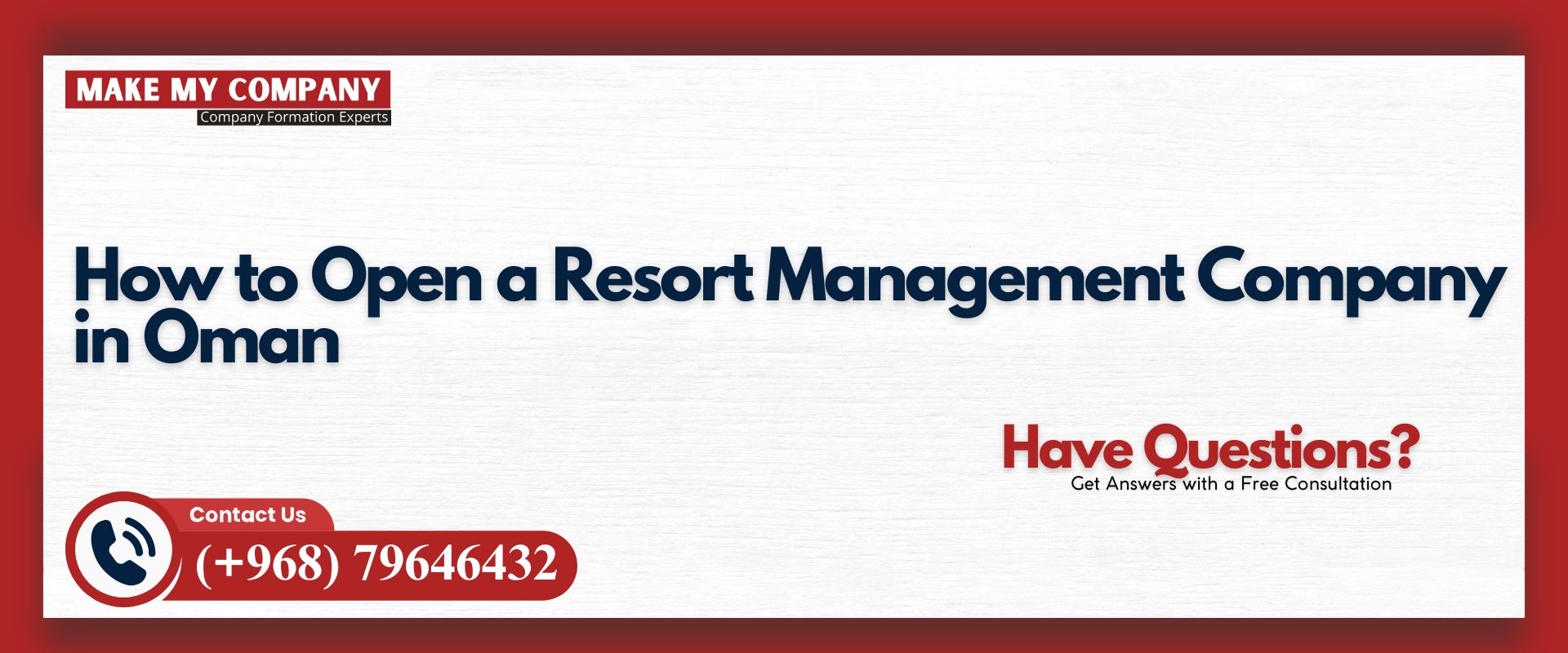Oman has entered 2025 with a strong reputation as a country open to foreign investment, driven by Vision 2040 and its focus on economic diversification. The government continues to encourage investors by modernizing laws, expanding free zones, and offering long-term Golden Visas. With its strategic location between Asia, Africa, and the Middle East, Oman is now seen as one of the most promising markets in the Gulf region.
In this article, I will explore the most attractive sectors for investment in Oman in 2025, their opportunities, and the challenges investors should consider before entering the market.
Table of Contents
Why Oman in 2025 Is an Attractive Investment Destination
Oman’s reforms, Vision 2040, and strategic location create unmatched opportunities, attracting global investors seeking stable, diversified growth in 2025.
Stable Business Environment
Oman’s political stability and ongoing economic reforms provide a secure environment for investors. The government has introduced 100% foreign ownership laws in many activities and simplified company registration procedures.
Strategic Location
Located at the crossroads of international trade routes, Oman is a gateway to markets in GCC countries, Africa, India, and beyond. The ports of Sohar, Salalah, and Duqm strengthen its role as a logistics hub.
Vision 2040 Goals
Oman Vision 2040 emphasizes sustainable industries, renewable energy, logistics, tourism, and digital transformation. This roadmap ensures that investors align their businesses with long-term national priorities.
Tourism and Hospitality
Oman’s rich heritage, natural beauty, and expanding resorts make tourism a profitable investment sector with strong government support in 2025.
Opportunities
Tourism continues to be a booming sector in Oman. With its coastline, deserts, and cultural heritage, Oman attracts both adventure travelers and luxury tourists. In 2025, the government is focusing on:
- Expanding luxury resorts in Muscat and Salalah
- Promoting eco-tourism in Dhofar and Musandam
- Hosting global events to increase international visibility
Challenges
- Competition with neighboring countries like UAE and Saudi Arabia
- Infrastructure gaps in remote regions
- Seasonal fluctuations in visitor numbers
Logistics and Transportation
With thriving ports, free zones, and growing trade routes, Oman strengthens its logistics role, offering global investors efficient connectivity and growth.
Opportunities
Oman’s location makes it a natural choice for global trade and logistics. Investments in Sohar Port, Salalah Free Zone, and Duqm Special Economic Zone have turned Oman into a hub for cargo, warehousing, and re-exports. In 2025, digital transformation in logistics is a key driver.
Challenges
- High initial capital for logistics infrastructure
- Competition from established hubs like Dubai and Jebel Ali Port
- Need for advanced digital systems and supply chain automation
Renewable Energy and Green Hydrogen
Oman leads renewable energy in 2025, with solar, wind, and green hydrogen projects attracting international partnerships and sustainable investment opportunities.
Opportunities
Oman is positioning itself as a leader in renewable energy. By 2025, large-scale projects in solar power and green hydrogen production have attracted global attention. Dhofar and Duqm are emerging as hot spots for clean energy investments.
Investors benefit from:
- Abundant sunshine and wind resources
- Government support for energy diversification
- Long-term export opportunities to Europe and Asia
Challenges
- High upfront project costs
- Need for global partnerships and advanced technology
- Market risks linked to fluctuating global energy demand
Manufacturing and Industrial Projects
Oman’s industrial estates, petrochemicals, and food processing industries offer lucrative investment opportunities, supported by tax incentives and strategic global market access.
Opportunities
Oman has invested heavily in industrial estates like Rusayl, Sohar, and Duqm. Manufacturing opportunities in 2025 include:
- Petrochemicals and downstream industries
- Food processing for local and export markets
- Building materials to support regional construction
Government incentives like tax exemptions and customs benefits make manufacturing attractive.
Challenges
- Intense regional competition
- Rising operational costs
- Skill shortages in advanced industrial fields
Information Technology and Digital Economy
Digital transformation in Oman drives growth in fintech, cloud computing, and e-commerce, creating profitable opportunities for innovative technology investors.
Opportunities
Digital transformation is one of the pillars of Vision 2040. Oman is investing in cloud computing, cybersecurity, fintech, and e-commerce. With a young population and growing internet penetration, the IT sector is set to expand rapidly in 2025.
Startups and SMEs are encouraged through funding programs, innovation centers, and tech-friendly free zones.
Challenges
- Limited availability of highly skilled local tech talent
- Need for global partnerships to remain competitive
- Rapid pace of technological change
Healthcare and Medical Services
Growing demand for private hospitals, telemedicine, and pharmaceuticals makes Oman’s healthcare sector a key, high-growth investment industry in 2025.
Opportunities
Healthcare demand in Oman continues to rise due to population growth and lifestyle-related diseases. In 2025, areas attracting investment include:
- Private hospitals and specialty clinics
- Telemedicine platforms
- Pharmaceutical manufacturing
- Wellness and rehabilitation centers
The government encourages private investment to reduce pressure on public facilities.
Challenges
- High initial setup costs for hospitals and labs
- Strong regulatory requirements for approvals
- Need for qualified healthcare professionals
Agriculture and Fisheries
Oman invests in hydroponics, aquaculture, and advanced farming, strengthening food security while offering sustainable agricultural investment opportunities in 2025.
Opportunities
Oman’s focus on food security opens doors for investors in modern agriculture and aquaculture. By 2025, advanced farming methods such as hydroponics and vertical farming are being promoted. The fisheries sector also offers potential for exports.
Challenges
- Limited freshwater resources
- High investment in technology for sustainable farming
- Market competition from regional suppliers
Education and Training
Educational institutions, vocational training, and e-learning platforms align with Vision 2040, making education a rewarding investment opportunity in Oman.
Opportunities
With Vision 2040 emphasizing human capital development, education is another attractive sector. In 2025, investments in private schools, universities, vocational training centers, and e-learning platforms are highly encouraged.
Challenges
- Strict licensing requirements
- Need to meet international quality standards
- Competition from established institutions
Oil and Gas – Still a Strong Pillar
Despite diversification, oil and gas remain vital, offering profitable opportunities in enhanced recovery, petrochemicals, and downstream industries in Oman.
Opportunities
While Oman is diversifying, oil and gas remain vital in 2025. Investment opportunities exist in:
- Enhanced oil recovery projects
- Downstream industries linked to petrochemicals
- Partnerships with OQ and other national companies
Challenges
- Global energy transition toward renewables
- Market price fluctuations
- Environmental concerns
The Role of Free Zones in Attracting Investors
Oman’s free zones—Duqm, Salalah, Sohar, and Al Mazunah—are key drivers for foreign investment. They offer:
- 100% foreign ownership
- Tax holidays up to 30 years
- No customs duties
- Easy repatriation of profits
In 2025, Duqm in particular is attracting global interest due to its green hydrogen projects and industrial base.
Key Advantages of Investing in Oman in 2025
- Golden Visa Program: Long-term residency for investors and professionals
- 100% Foreign Ownership: In most sectors and activities
- Tax Incentives: Attractive corporate tax exemptions in free zones
- Skilled Workforce Development: Training programs under Vision 2040
- Strategic Global Access: Proximity to GCC, Africa, and India
Conclusion
Oman in 2025 offers diverse opportunities for investors who want to enter a growing, strategically positioned, and reform-driven economy. Sectors like tourism, logistics, renewable energy, healthcare, technology, agriculture, and education provide excellent prospects for growth, supported by government incentives and Vision 2040’s long-term roadmap.
At the same time, challenges such as infrastructure gaps, skill shortages, and regional competition require careful planning. Investors who approach Oman with a balanced view—acknowledging both the opportunities and the risks—will be well-positioned to succeed.
Frequently Asked Questions
Can an American start a business in Oman?
Yes. Oman allows 100% foreign ownership in many sectors, and Americans can start businesses through free zones or mainland structures. The US-Oman Free Trade Agreement further simplifies entry.
What is the booming industry in Oman?
In 2025, renewable energy (especially green hydrogen), logistics, tourism, and digital technology are the fastest-growing sectors, alongside healthcare and education.
Is Oman a good place to start a business?
Yes. With investor-friendly reforms, political stability, and strategic location, Oman is one of the best GCC markets to start a business in 2025.
Can the US do business with Oman?
Absolutely. The US-Oman Free Trade Agreement allows tariff-free trade in many goods and services, making Oman an attractive partner for American companies.
Can I live in Oman as a U.S. citizen?
Yes. U.S. citizens can obtain residence permits through employment, investment, or the Golden Visa program, which offers long-term residency for investors and skilled professionals.
Can Indians do business in Oman?
Yes. Indians are among the largest business communities in Oman. They can invest through free zones or mainland companies and enjoy strong bilateral ties between India and Oman.









